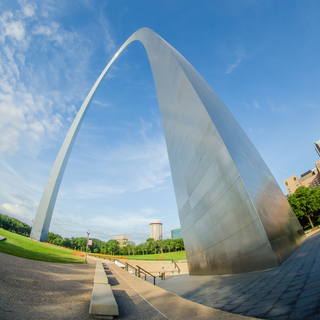Exploring Form and Concept in the World of Sculpture
Sculpture is defined as three-dimensional artwork and is created by shaping or combining materials, usually stone, clay, ceramic, metal, glass, wood, or even plastic materials such as polymers are used. Even textiles are used to create sculpture. We can’t forget found objects either as these can be presented as sculpture also.
Sculpture can be created by assembling e.g. by welding, or hardened as in ceramics or clay which is fired, moulding or cast in forms like glass or removal where material is taken away to create the sculpture such as carving.
Sculpture is an important form of public art. And was one of the first forms of artwork in existence; it was used to document the passage of time or environmental changes and were created to represent social concerns, such as religion, politics, and morality.
Sculpture is considered to be one of the most popular forms of fine arts. In fact, sculpture was considered an art form long before patrons of the art saw the inherent beauty in the other types of art available. Sculpture was believed to be one of the best representations of human form and as such was viewed as the ultimate artistic creation. Da Vinci’s David is still viewed to this day as perfection in both what it is of and how it was created.
Although the art of sculpture has changed dramatically throughout the centuries, it will always remain one the most popular forms of art. The subject matter of sculpture is always evolving and has found a new and varied subject or theme these days. Materials have evolved greatly over the years and new types of medium have enabled artists to create a huge variety of styles of looks. The mixing of different mediums have also created whole new concepts in this art form.
There are different forms of sculpture and some of these are -
- Free-standing sculpture, where the sculpture is surrounded on all sides, except the base, by space, and is meant to be viewed from any angle.
- Relief sculpture, where the sculpture is still attached to a background; types of this are bas-relief, alto-relieve, and sunken-relief
- Kinetic sculpture which involves aspects of physical motion. This form can be represented by things like a fountain where the sculpture is designed with moving water.
- Statute or representational sculpture which depicts a specific entity, usually a person, event, animal or an object. A typical form of this is a Bust which is a representation of a person from the chest up
- Stacked sculpture or assemblage where the artwork is formed by assembling objects and 'stacking' them.
Posted: Monday 5 April 2010
